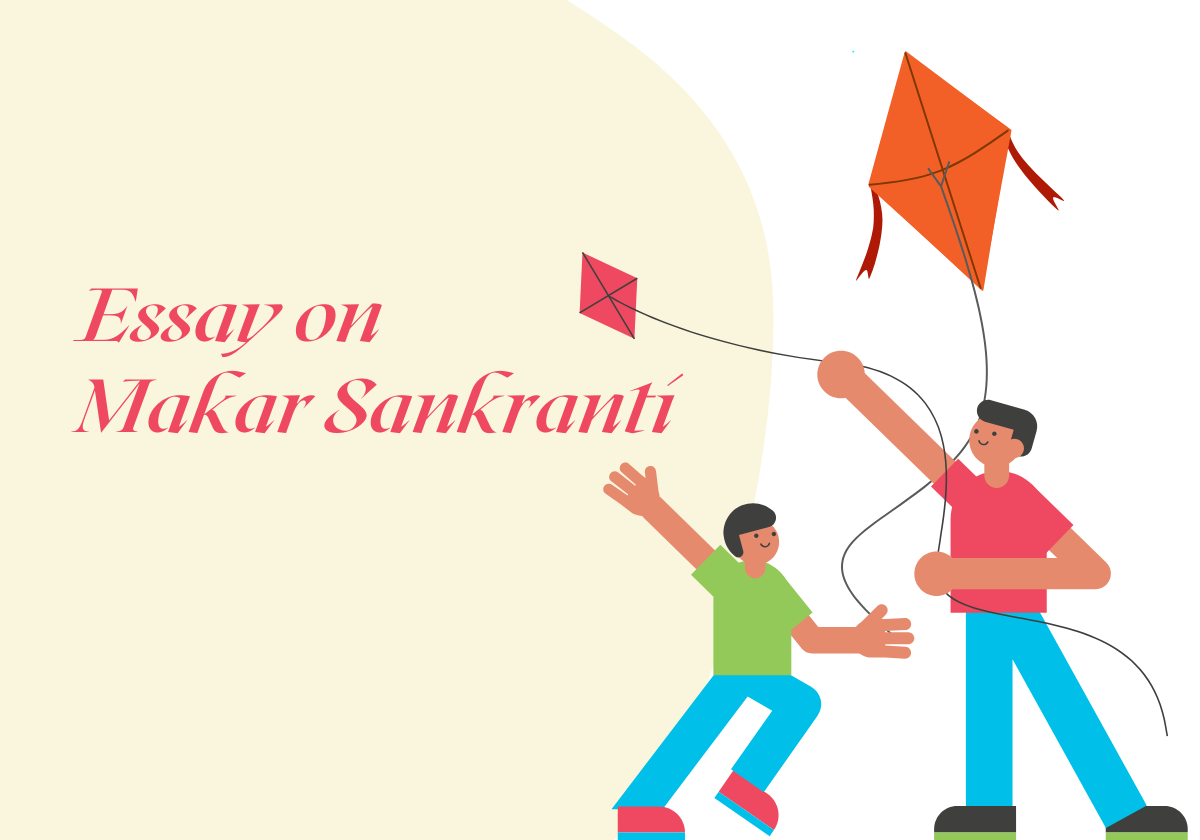Makar Sankranti is the festival that marks the sun’s entrance into Makara Rasi and it is thus celebrated throughout India for its agricultural importance and cultural uniqueness in enabling people to practice dharma and increasing their spiritual connectivity with people around them. January 14 and 15 are the specific dates of this festival which means that longer days are expected after this period and hence it marks the end of the winter solstice. This day is not associated with any pain or trauma but rather represents a vibrant festival filled with harvest and rich culture.
Why is Makar Sankranti celebrated in India?
Makar Sankranti in India is very sentimental for people as it encourages them to remain grateful as they have been able to see the changing seasonal time and also are about to see the new fulfilling phases of the year. This festival is counted among a handful of Hindu festivals which are based on a certain date due to its association with the solar cycle. It is during this time that the sun starts its journey towards the north. This period in Uttarayana is often viewed as auspicious and blissful for the people.
Various states in India celebrate this festival for different cultural practices and under a different names. For instance, Lohri is celebrated in Punjab, Pongal in Tamil Nadu, Magh Bihu in Assam and many other places such as in Gujarat where it is known as the ‘Uttarayan Kite Festival’. While people in various regions have diverse ways of celebrating the festival, what does not change is the spirit of gratitude and joy that they celebrate it with.
Kite flying is probably the most common activity people associate with Makar Sankranti. In states like Gujarat and Rajasthan, people clash on rooftops and open spaces for kite battles. Sheer fun depicts the areas as they are adorned with colourful kites in many designs and styles. Special Delicacies Food is one of the essential components of the Makar Sankranti celebrations. Traditional foods are made from sesame seeds and jaggery including tilgul ladoos, tilkut and gajak. Sweet ingredients are believed to warm up the body and bring about a sense of comfort and ease during the harvest season. The sharing of these sweets is often followed by the phrase Tilgul ghya ani god bola, which means “Take sweet and speak sweet words.” Devotees of the Sankranti festival rise early and take holy dips in sacred rivers such as the Ganga, Yamuna or Godavari, which are believed to wash away all sins and purify the spirit. Besides paying homage to the source of life, they also praise the God of the Sun, asking him for a healthy, wholesome life. In many countries, some people also give food, clothing, and money to the poor as a means of giving thanks.
Cultural Performances
In Punjab and Haryana, traditional dances like Bhangra along with Gidda are enjoyed in the company of the dhol; likewise, in Tamil Nadu, as part of the Pongal celebration, families paint intricate kolam (rangoli) at the entrance of their Villas.
Makar Sankranti Mela Across India
Uttar Pradesh: It is Khichdi Parv where khichdi of rice and dal with some seasonal vegetables is prepared and eaten.
Maharashtra: People make tilgul ladoos and exchange them on this day while wishing each other a happy and sweet relationship.
Gujarat: The state is full of zeal during the International Kite Festival as kite lovers from all over the world join in the merriments.
Tamil Nadu: Pongal is a four-day harvest festival; rice boiled with milk and jaggery is made as a custom in worship of the Sun God.
West Bengal: Also called as Poush Sankranti, highlights the preparation of pithe, a variety of traditional rice flour cake with a filling of coconut and jaggery.
The Spirit of Makar Sankranti
There is a strong socio-cultural value attached to the festival which seeks to encourage people to work collaboratively on critical goals such as appreciation for nature. Makar Sankranti always emphasizes how peace must reign between humans and nature and drives home the fact that nature is to be protected and preserved.
Contemporary Applicability
In today’s busy times, Makar Sankranti tells us to stop for a moment, be grateful and uphold customs. This festival helps support both urbanized and non-urbanized communities towards enhancing the respect for farming and farmers.
Moreover, the festival’s focus on helping the less fortunate and giving back the society is in line with the current trend of social responsibilities. By helping the less fortunate and ensuring happiness, people renew their oaths to be kind and considerate.
Conclusion
Makar Sankranti can be termed as a festival more than a mere celebration of the harvest; it is a festival of life, hope, and togetherness. The various elements of the occasion enable people to relish their traditions and on the same occasion enable them to bond with each other. For all of us, as we celebrate Makar Sankranti, let’s learn the lessons of how to be grateful, believe in the good, and give out more than what we would like to receive as a promise to carry its shape for years to come.

